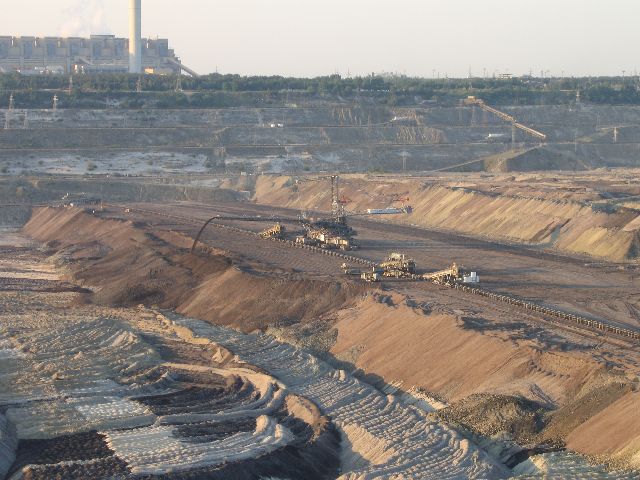Last week the City of Sydney and councillor Jess Scully came under fire for an apparent backflip about the need for a Chief Digital Officer.
Scully, who was elected at last year’s council elections, told InnovationAus “the idea of a CDO or chief innovation officer seems a little bit redundant” a day before the organisation advertised for ‘chief, technology and digital services officer’.
To be fair to Scully, the roles being advertised by the City of Sydney were not truly CDOs in the way Brisbane, which has a small business focus, and Melbourne’s city councils have appointed them however it raises the question of whether Scully is right that an organisation doesn’t need a Chief Digital Officer.
As with most questions of this nature, the answer seems to be ‘it depends’. A key part of that discussion is where a CDO sits in an organisation. If they are senior executive or even board role, then it’s likely they are going to come into conflict with other c-suite managers such as the COO and CFO.
What’s worse, such a conflict in the c-suite can mean digital issues can be seen as ‘belonging’ to the CDO and not other key business units, which can only be to the detriment of the organisation.
There’s an argument too that the changes to organisations is so great from the changing economy and emerging technologies that responsibility of understanding and dealing with these changes is the role of the CEO and the board.
Where a CDO can be very effective is being an advocate for change and a trusted adviser to senior management, however even there risks lie as identified by Paul Shetler who found the siloing of agencies within the Australian Public Service meant it was very hard to effect any change in the face of resistance from an organisation’s vested interests.
It seems from the story that the City of Sydney has chosen an advocate and support role for the digital officer position, rather than formalise a CDO position who becomes a figurehead for the organisation’s digital evolution.
For a CDO or any technology advocate to be effective, there has to be support from the board and senior management. A technologist can only drive change if they have a mandate from the top.
Even then in some organisations the culture may be so factionalised that the response to change and drive for digital transformation has to come from the existing powerbrokers and a CDO could be at best a hindrance and even obstruct the process.
So the City of Sydney and Jess Scully aren’t wrong in not having a Chief Digital Officer, and neither are Melbourne and Brisbane for having one, it’s a deliberate decision by the various managements to choose the structure and roles that works best for their organisation. Driving change though always remains the responsibility of the board and the CEO they appoint.



